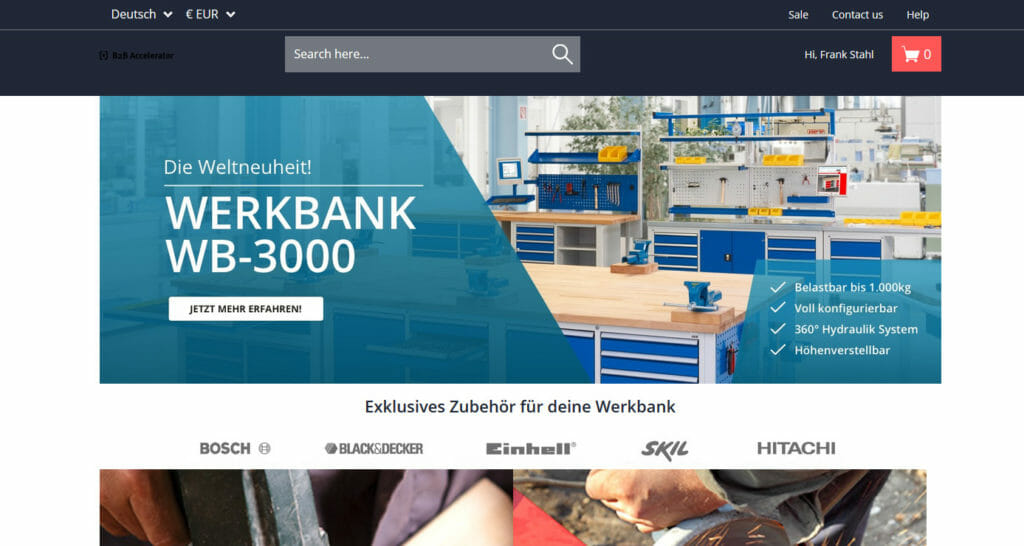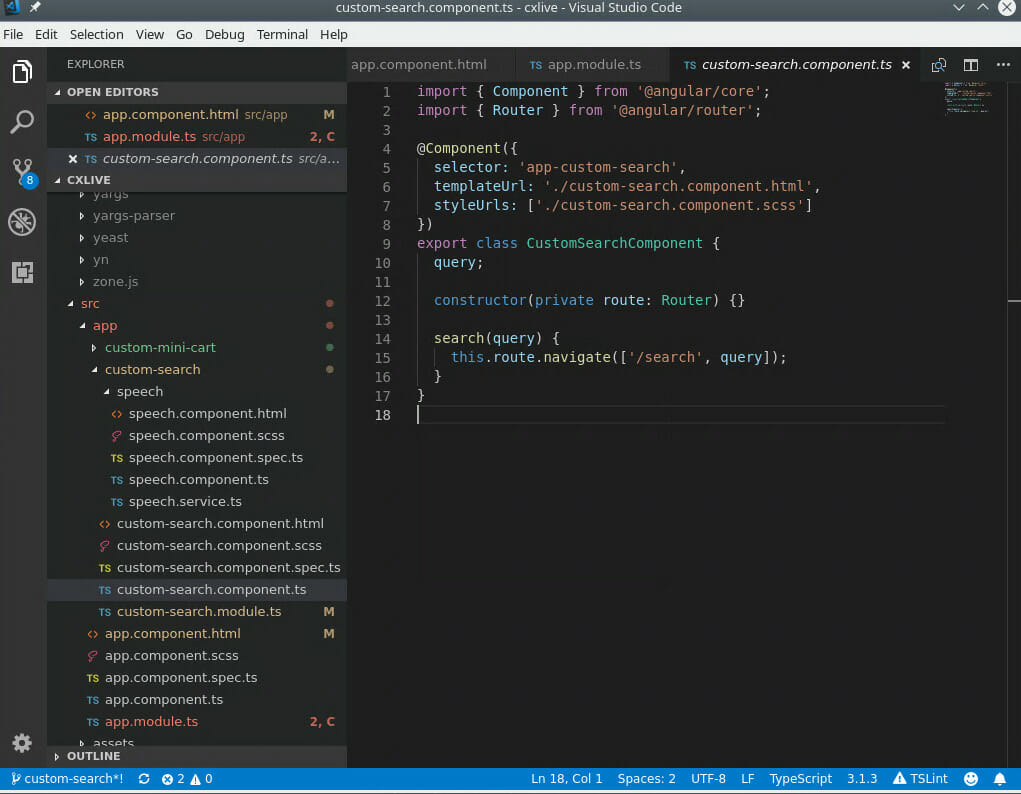The “Spartacus” Front-End Framework was first introduced at SAP CX LIVE in October 2018. Spartacus is a storefront based on the Angular framework developed by Google that communicates with the cloud via the Commerce REST API. It was designed to provide even better customizability and extensibility.
SAP has decided in favor of the Progressive Web Application (PWA) approach for Spartacus. This closes the gap between Responsive Websites and Google’s Mobile First approach, positioning it for the latest technologies.
This means that depending on the platform (smartphone, tablet or desktop computer), the shop adapts for the best customer experience and acts like a native application.
With the Angular framework, the front end is now decentralized and faster than ever before. When front end and back end are technically decoupled, deployment processes also run faster. This deliberately addresses a key challenge when it comes to developments with SAP Commerce. The front end can therefore be dynamically scaled to serve large numbers of users simultaneously and effortlessly.
The shop communicates with the SAP Commerce back end via the OCC interfaces (Omni Commerce Connect). This is a set of configured Web services that can be extended for individual developments.
The latest technologies also guarantee the greatest possible safety. Thanks to the continuous further development of Angular by Google and the SAP Commerce Cloud team, the latest security features are directly integrated.
Video
For anyone interested, we recommend this SAP video to get you started:
Discover the Extensible Architecture of the JavaScript Storefront
Interaction between SAP Commerce Cloud and SAP Spartacus
SAP Commerce Cloud combined with Spartacus provides a scalable Commerce Suite. The rollout of new releases for Spartacus and the associated SAP Commerce platform takes place within a common process chain, which means that there is no additional layer of complexity for development and administration with the use of Spartacus.
In order to shorten the implementation time of Web shops, SAP provides “accelerators”. These are industry-specific templates on the basis of which the online shop can be built. These include, for instance, preset functions and ready-made storefronts that already cover most of the requirements for a modern Web shop.
The Spartacus project will gradually be extended to include already familiar functionalities of the SAP Commerce Accelerator storefront and where there are currently feature gaps, it can be extended as required due to a flexible architecture.
Conclusion – SAP Spartacus in practice
The loose coupling of back end and front end results in new potentials, but also in development challenges. Due to the unified communication via the OCC interfaces, a clear layer separation between presentation and application layer comes to the fore.
The focus is now on defining the interfaces between these layers at the very beginning of a development. As a result, there is clarity between the data objects and the information flow in the storefront. Likewise, thanks to OCC, all functionalities are automatically exposed in one form, making it easier to additionally connect an app or alternative UIs to the SAP Commerce Cloud platform.




